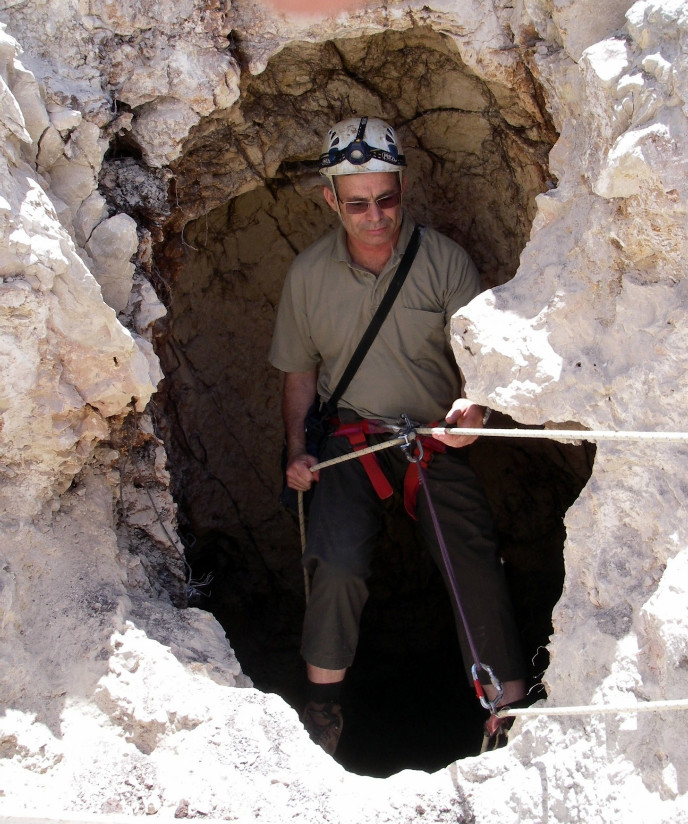
An international team of researchers has just revealed its discovery of a rare 55,000-year-old partial skull in a cave in northern Israel.
Their report published on January 28 in the journal Nature under the title “Levantine cranium from Manot Cave (Israel) foreshadows the first European modern humans” suggests that this find provides new clues about the migration of modern humans out of Africa,
The partial skull is the first fossil evidence from the critical period when genetic and archaeological models predict that African modern humans successfully migrated out of Africa and colonized Eurasia around 40,000-60,000 years ago. Due to the scarcity of human fossils from this period, these ancestors of all present-day non-African modern populations have largely remained a mystery.

The skull also represents the first fossil evidence that during the late Middle Paleolithic era, the southern Levant was occupied by Neanderthals as well as modern humans who may have interbred.
The Israeli, North American and European researchers involved in the discovery said that the skull provides evidence of a population that left Africa for the Levant when the climate in the Northern Sahara and the Mediterranean regions was getting warmer and wetter.
The skull’s distinctive “bun”-shaped occipital region at the back resembles modern African and European skulls, but differs from other anatomically modern humans from the Levant. This suggests that the Manot Cave people may have been closely related to the first modern humans who later colonized Europe.
Prof. Israel Hershkovitz of Tel Aviv University led the anthropological study of the skull, and led the excavation together with archaeologists Dr. Ofer Marder of Ben-Gurion University and Dr. Omry Barzilai of the Israel Antiquities Authority.
Gal Yasur, a graduate student at the Hebrew University’s Earth Sciences Institute, dated the skull as part of his thesis project done at the Geological Survey of Israel under the supervision of senior scientists.
Prof. Amos Frumkin, director of the Cave Research Center at the Hebrew University’s Geography Department, researched the geological context of the skull in the Manot Cave, which was discovered in 2008 during construction activities that damaged its roof. Rock falls and active stalagmites had apparently blocked the initial entrance to the cave for at least 15,000 years.

Frumkin’s team conducted the initial survey of the cave, and it has since been excavated by archeologists from several countries.
Last August, Frumkin and his Cave Research Center colleagues found the deepest cave yet discovered in Israel, reaching 187 meters (613 feet) underground near the Lebanese border.















